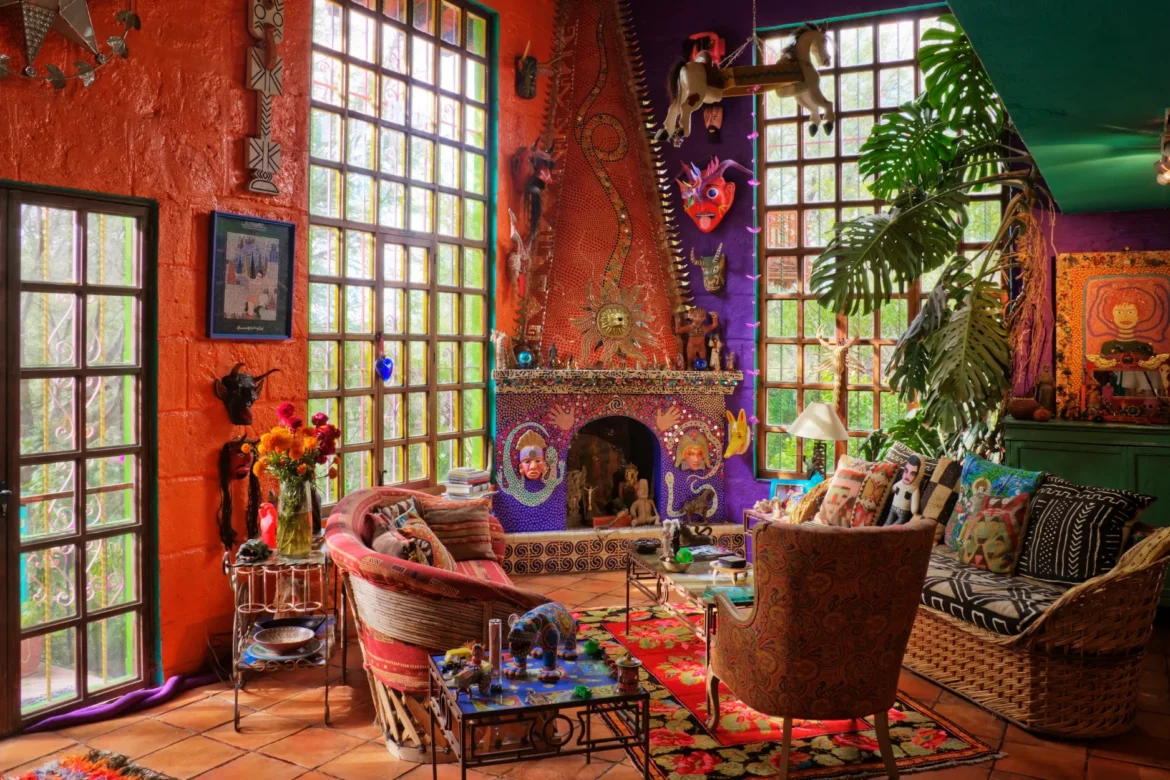5 Notable Points To Nail Your Interior Designs With Global Cultural Influences
Overview
Discover the power of global interior design with notable points to infuse your home with cultural elegance and transform your space positively.
In every culture, the way people live is a testament to their unique identity, a story told through the language of design.
In the kaleidoscope of interior design, cultural influences weave a vibrant tapestry that reflects the richness of our global community. As homeowners seek to create spaces that resonate with their individuality, and professionals navigate the ever-evolving landscape of design, understanding the role of cultural influences becomes paramount.
Beyond being a set of customs, culture serves as a rich reservoir of inspiration for the diverse landscape of interior design. From the intricate patterns of Moroccan tiles to the clean lines of Scandinavian minimalism, cultural nuances infuse homes with character and depth. In this blog, we delve into the dynamic interplay between cultural diversity and interior aesthetics, exploring how each influences the other to create spaces that tell a global story.
For homeowners, the significance lies in the ability to craft a living space that resonates with personal narratives while embracing the broader context of global design. It’s about going beyond trends, fostering a connection to the roots of design that transforms a house into a home. Meanwhile, for interior design professionals, comprehending global aesthetics is a tool that unlocks a world of creativity.
It allows for a nuanced approach to cater to diverse client preferences and stay ahead in an industry where innovation is key. This journey into the intersection of culture and design unfolds through a series of illuminating topics. We’ll explore the impact of global travel on design preferences, dissect the delicate balance between traditional and modern influences, and take a close look at regional design styles that have captured the imaginations of homeowners and designers alike.
From the colors and textures that tell cultural stories to case studies showcasing successful global-inspired interiors, this blog is a comprehensive guide for those seeking to infuse their spaces with worldly charm. As we embark on this exploration of global influences in interior design, let’s celebrate the diversity that makes our homes unique, and our world interconnected. Join us on this captivating journey where design transcends borders, and cultural aesthetics becomes the universal language spoken in every well-appointed room.
Cultural Diversity In Interior Design: A Tapestry Of Global Inspirations
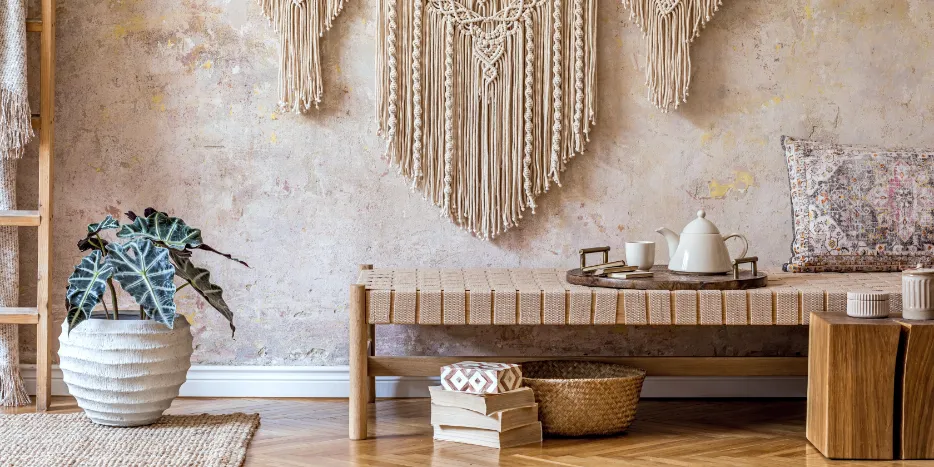
Cultural Diversity In The Context Of Interior Design
In the dynamic realm of interior design, cultural diversity involves the lively interaction of diverse cultural elements that influence both the visual appeal and practical functionality of a space. It’s the infusion of traditions, symbols, and design philosophies from different cultures, creating a rich and eclectic blend within home interiors.
How Diverse Cultures Contribute To A Rich Tapestry Of Design Styles
Cultural diversity in interior design is like a canvas painted with a multitude of hues. It’s about embracing the uniqueness of each culture and integrating those distinctive elements to create a harmonious whole. Whether it’s the intricate patterns of Middle Eastern rugs, the simplicity of Japanese minimalism, or the warmth of South American colors, each culture contributes a piece to the mosaic of design styles. This blending of influences adds depth and character to home interiors, making them reflective of the global stories they tell.
Popular Cultural Elements Influencing Interior Design Globally
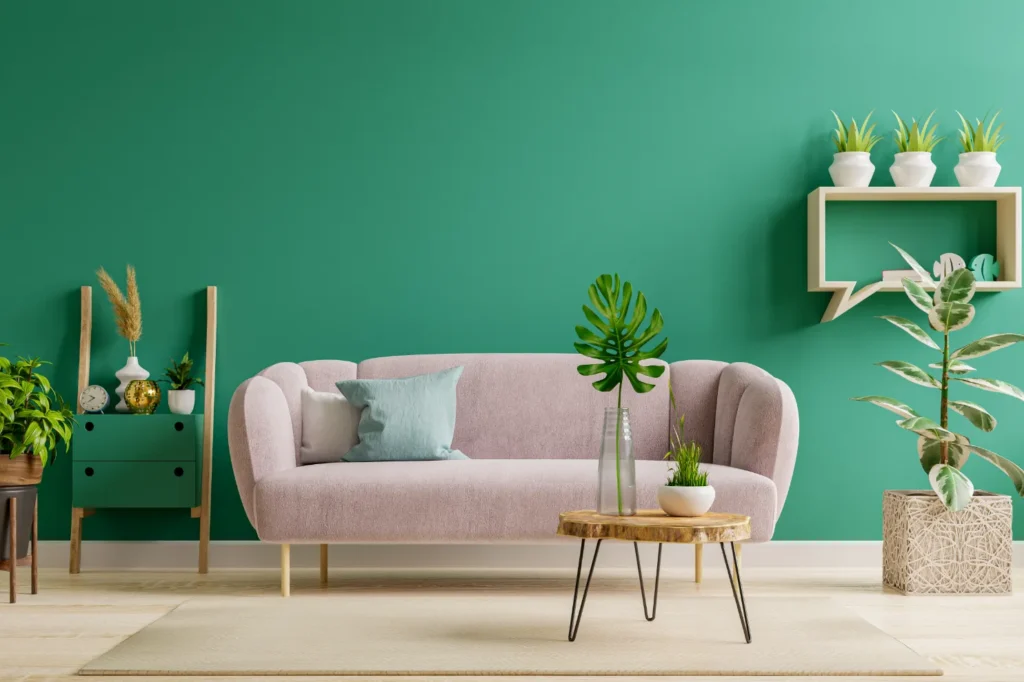
Moroccan Mosaics and Patterns: The mesmerizing geometric patterns and vibrant colors of Moroccan design have become a global sensation. From intricate tiles to bold textiles, these elements infuse spaces with an exotic and lively atmosphere.
Scandinavian Simplicity: The clean lines and minimalist approach of Scandinavian design have gained immense popularity. Light, neutral tones, natural materials, and functional furniture define this style, creating spaces that are both cozy and contemporary.
Asian Zen Philosophy: Drawing inspiration from Asian cultures, the Zen philosophy has influenced interior design with its emphasis on simplicity, balance, and a connection to nature. This is evident in spaces adorned with bonsai plants, shoji screens, and soothing color palettes.
African Tribal Influences: The bold and vibrant patterns inspired by African tribal art have gained popularity in modern interior design. From tribal prints on textiles to tribal masks as decorative elements, these cultural motifs infuse spaces with a sense of history and authenticity.
Indonesian Craftsmanship: The intricate wood carvings and handcrafted furniture from Indonesia contribute to a unique and exotic aesthetic in interior design. Elements like Balinese teak furniture and Javanese batik textiles bring warmth and craftsmanship to homes across the globe.
Indian Color Extravaganza: The vibrant and diverse color palette of Indian design has found its way into global interiors. Rich hues, intricate patterns, and traditional Indian textiles like saris and dhurries add a lively and energetic touch to spaces.
Cultural diversity in interior design isn’t about replicating a specific cultural setting but about embracing the essence and adapting it to personal tastes and preferences. It’s about creating a global tapestry that tells a unique story in every home interior, making the space not just aesthetically pleasing but deeply meaningful.
The Impact Of Global Travel On Interior Design Preferences
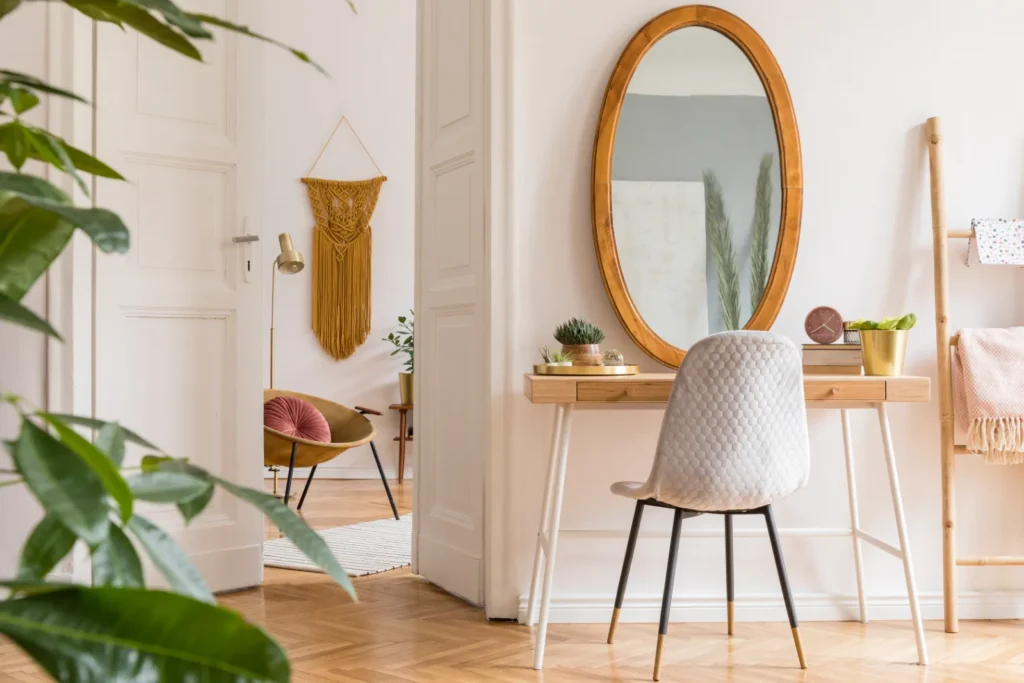
Rise In Travel Influencing Exposure To Diverse Design Styles
In an era marked by increased global connectivity, travel has become more than a journey; it’s a passport to a world of design inspirations. The rise in travel has undeniably broadened horizons, exposing individuals to a myriad of design styles and cultural aesthetics. As jet-setters traverse continents, they bring back more than souvenirs; they bring back a wealth of design ideas, shaping the evolution of interior design.
Incorporating Travel Experiences Into Interior Design Choices
The souvenirs collected during travels are not mere tokens; they are stories waiting to be told through design. Homeowners, now more than ever, are eager to infuse their spaces with the memories and influences garnered from their globetrotting adventures. From handcrafted textiles purchased in bustling bazaars to unique furniture pieces sourced from local artisans, travel experiences are seamlessly woven into the fabric of interior design choices. This personalized touch transforms homes into a gallery of experiences, where each corner whispers tales from different corners of the world.
Homes With A Strong Influence From Specific Regions Or Countries
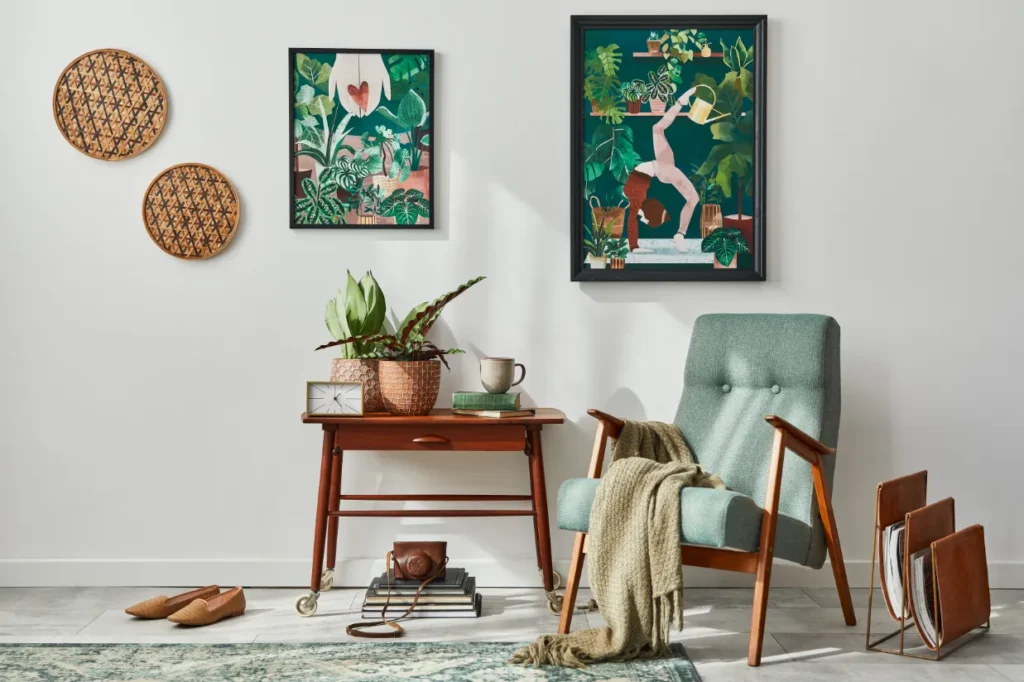
Moroccan Elegance: Explore a home where the allure of Moroccan design takes center stage. Inspired by the enchanting ambiance of Marrakech’s streets, this home features richly detailed tiles and luxurious furnishings in vivid colors, crafting an environment that echoes the lively warmth and vibrancy synonymous with Moroccan culture.
Nordic Tranquility: Step into a residence that embraces the tranquility of Scandinavian landscapes. Drawing inspiration from the simplicity and functionality of Nordic design, this home features clean lines, neutral tones, and a harmonious blend of natural materials. It’s a serene retreat reminiscent of the homeowners’ journeys through the Scandinavian region.
Tropical Retreat: Immerse yourself in a home that captures the essence of Bali, showcasing how travel experiences can deeply influence living spaces. With hand-carved wooden furniture, lush tropical greenery, and a soothing color palette, this residence transports its occupants to the idyllic landscapes of Indonesia, creating a paradise within the confines of home.
By examining these case studies, we witness firsthand how the impact of global travel extends beyond a mere change in scenery. It transforms spaces into personal narratives, blending the beauty of different cultures into the very fabric of home interiors.
Traditional Vs. Modern: Balancing Cultural Aesthetics
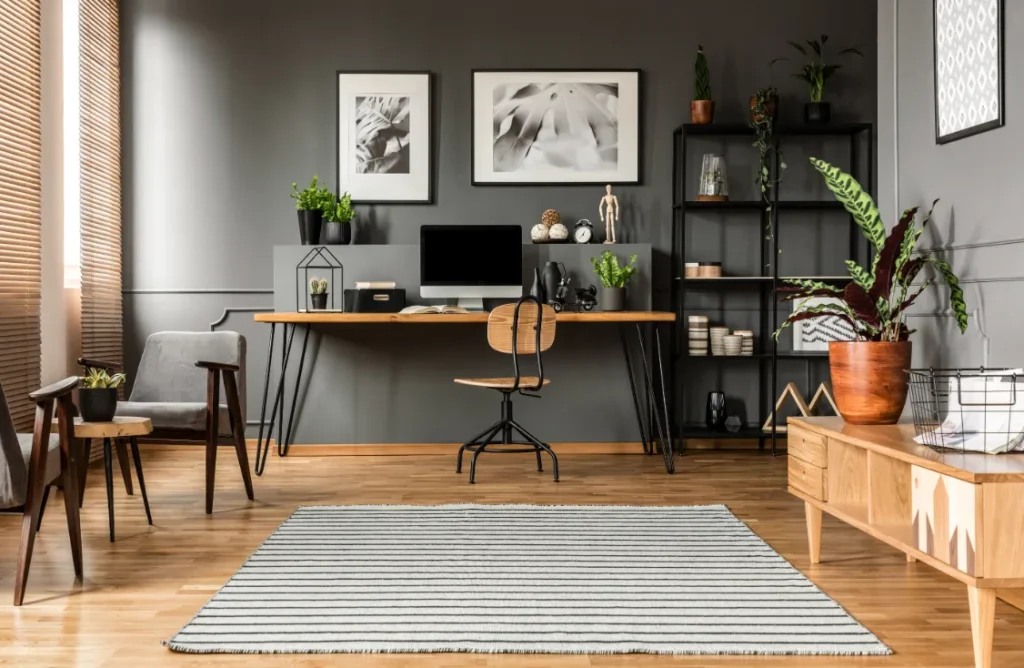
Tension Between Traditional And Modern Design Elements
Within the ever-evolving realm of interior design, the dynamic interaction between traditional and modern elements introduces an intriguing tension, shaping the aesthetic landscape. Traditional design often speaks to heritage, history, and cultural richness, while modern aesthetics champion sleek lines, minimalism, and cutting-edge innovation. This dichotomy sets the stage for a compelling exploration, where the challenge lies in harmonizing these seemingly disparate styles to create spaces that are both timeless and contemporary.
As we delve into this intricate dance between tradition and modernity, we uncover the nuanced decisions homeowners and designers make to strike a delicate balance.
Blending Cultural Aesthetics With Contemporary Design
Successfully fusing cultural aesthetics with modern design requires a thoughtful approach. One effective strategy involves selecting key elements from traditional styles and incorporating them into a modern context. For instance, integrating traditional textiles, such as Persian rugs or African mudcloth, into a minimalist, contemporary space can add warmth and cultural depth.
Another strategy involves leveraging architectural elements. Consider maintaining the architectural integrity of a space while infusing it with modern furnishings. This approach respects the historical significance of the architecture while introducing contemporary elements that breathe new life into the design.
Additionally, the strategic use of color plays a pivotal role. Selecting a modern color palette but incorporating traditional hues as accents can create a seamless fusion. This allows for the preservation of cultural identity while embracing the freshness of modern design.
Examples Of Traditional-Modern Fusion In Interior Design
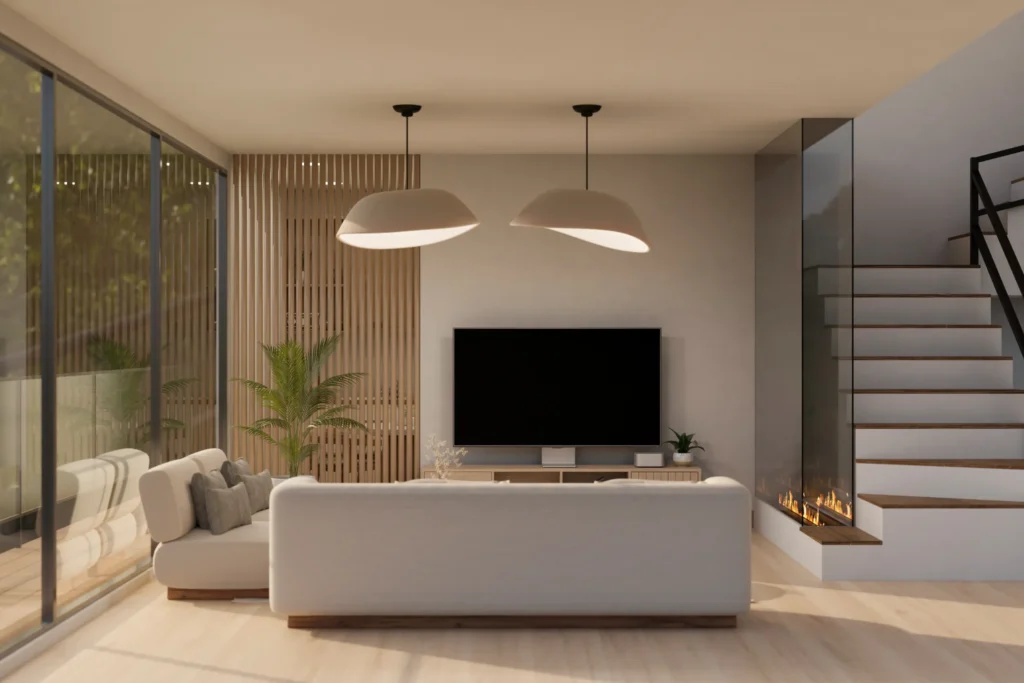
Eclectic Elegance: Explore a living room that seamlessly blends Victorian-era furniture with contemporary lighting fixtures. The result is a sophisticated space where traditional elements coexist harmoniously with modern design, creating an eclectic yet refined ambiance.
Contemporary Cultural Hub: Step into a kitchen that combines sleek, modern cabinetry with vibrant, hand-painted tiles inspired by traditional Portuguese art. The juxtaposition of clean lines and intricate patterns transforms the kitchen into a cultural hub that bridges the old and the new.
Timeless Fusion Bedroom: Delve into a bedroom where a traditional four-poster bed takes center stage against a backdrop of minimalist decor. The careful selection of cultural artifacts and a subdued color palette create a timeless fusion, offering a serene retreat with a nod to the past and present.
Regional Design Styles: A Global Palette For Home Interiors
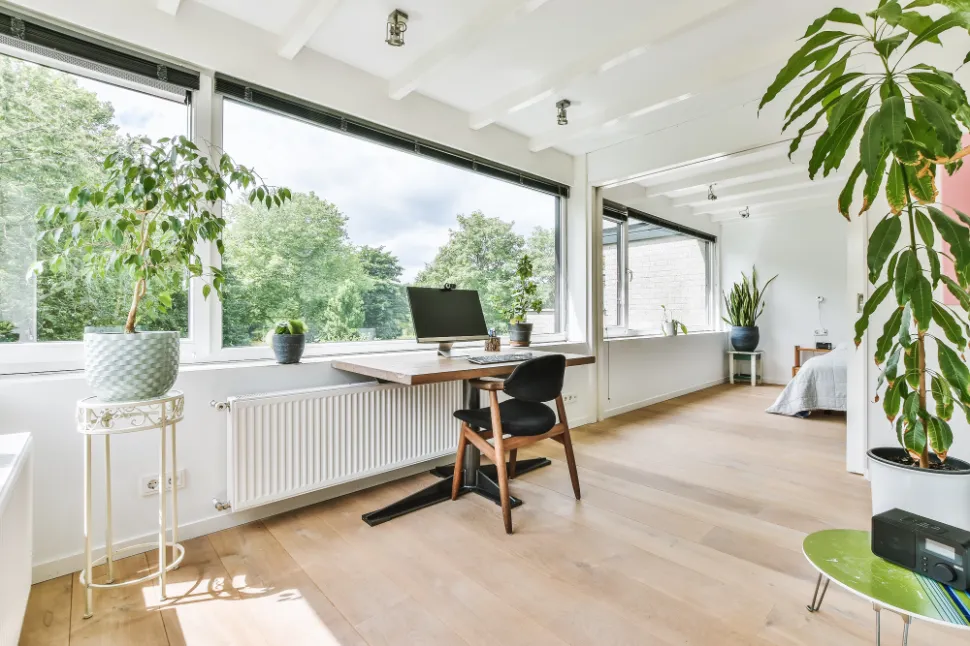
Overview Of Major Regional Design Styles
The world is a mosaic of cultures, each contributing a distinct design flavor to the global tapestry. In this section, we explore major regional design styles that have captivated homeowners and designers alike. From the sleek minimalism of Scandinavian design to the warm embrace of Mediterranean aesthetics and the intricate charm of Asian influences, these regional styles offer a diverse array of inspirations for crafting unique home interiors.
Key Characteristics And Elements
Scandinavian Serenity: Scandinavian design is characterized by its commitment to simplicity, functionality, and a connection to nature. Key elements include clean lines, neutral color palettes, and the use of natural materials like wood and stone. This style fosters a serene and cozy atmosphere, emphasizing comfort and practicality.
Mediterranean Warmth: Mediterranean design draws inspiration from the coastal regions of Southern Europe. Earthy tones, textured surfaces, and the use of materials like terracotta and wrought iron define this style. Embracing warmth and vibrancy, Mediterranean interiors often feature rustic furnishings and an abundance of natural light.
Asian Tranquility: Asian design styles, influenced by diverse cultures such as Japanese, Chinese, and Thai, emphasize harmony, balance, and a connection to nature. Characteristics include minimalism, the use of natural materials like bamboo and rice paper, and a serene color palette. Asian-inspired interiors often incorporate elements like shoji screens, bonsai plants, and traditional art.
Tips For Incorporating Regional Styles Into Different Spaces
Open Spaces with Scandinavian Flair: To infuse Scandinavian style, focus on open layouts, and light-colored walls, and incorporate natural textures. Opt for minimalist furniture and add warmth through soft textiles like wool or sheepskin throws.
Mediterranean Kitchens and Dining Areas: In kitchens and dining spaces, embrace Mediterranean warmth with terracotta tiles, wrought iron light fixtures, and rustic wooden furniture. Introduce vibrant blues and greens for a coastal touch and accessorize with pottery and ceramics.
Cultural Sensitivity In Interior Design
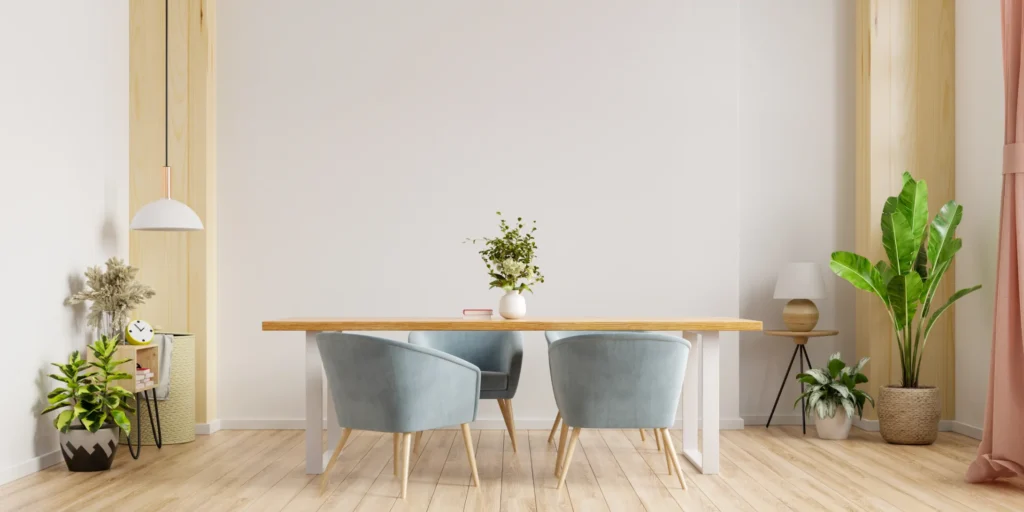
Importance Of Respecting Cultures And Avoiding Cultural Appropriation
In the diverse world of interior design, cultural sensitivity is not just a choice but a responsibility. Acknowledging and respecting the cultural contexts from which design elements originate is crucial. It’s essential to steer clear of cultural appropriation, recognizing that each design aspect carries a deep cultural significance. This mindful approach ensures that homes become spaces of appreciation rather than inadvertent disrespect.
Tips For Navigating Cultural Influences With Sensitivity And Authenticity
Educate Yourself: Before incorporating cultural elements into a design, take the time to understand their significance. Learn about the history, symbolism, and traditional uses of the elements you plan to include. This knowledge forms the foundation for a culturally sensitive approach.
Engage with Local Artisans: Collaborate with local artisans and craftsmen when incorporating cultural elements. This not only adds authenticity to the design but also supports and promotes the preservation of traditional craftsmanship.
Balance and Moderation: Avoid overwhelming a space with too many cultural elements. Strive for a balanced approach that integrates these elements harmoniously with the overall design. This ensures that the cultural influences enhance the aesthetic without dominating the space.
Projects Navigating Cultural Considerations
Global Fusion Living Room: You can seamlessly blend cultural influences from around the world in any part of your home. From Moroccan rugs to Japanese ceramics, this space achieves harmony by carefully selecting elements that complement each other, creating a global fusion without appropriation.
Ethical Bohemian Bedroom: Rooms where bohemian style meets cultural sensitivity, attract a lot of attention. The inclusion of textiles from different cultures is done ethically, with a focus on fair trade practices. This project showcases how a bohemian aesthetic can coexist with cultural respect.
Tranquil Bedrooms with Asian Influences: You can also create a tranquil bedroom by incorporating Asian design principles. Choose a low platform bed, use muted color schemes, and add elements like bamboo blinds or shoji screens for a touch of privacy and authenticity.
Cultural sensitivity in interior design isn’t just about aesthetics; it’s about fostering an environment of inclusivity and appreciation. By navigating cultural influences with respect and authenticity, designers can create spaces that celebrate diversity without crossing into appropriation.
Conclusion
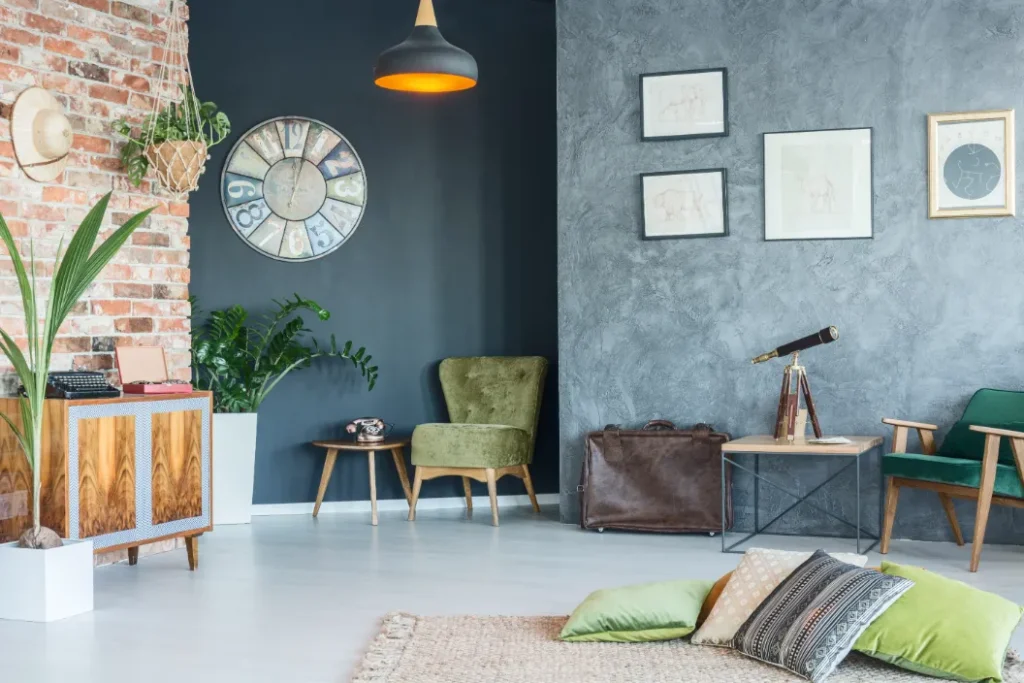
From the vibrant streets of Marrakech to the serene landscapes of Scandinavia, each regional design style offers a palette of possibilities for homeowners and interior designers seeking to infuse their spaces with a touch of the world. The Scandinavian simplicity, Mediterranean warmth, and Asian tranquility—all beckon you to embrace the beauty of diverse design traditions, inviting these influences into the very heart of our homes.
However, your exploration comes with a gentle reminder—a reminder of the responsibility that comes with incorporating global inspirations. Cultural sensitivity is not just a consideration but a cornerstone in the ethical practice of interior design. By respecting cultural contexts, avoiding appropriation, and navigating influences with authenticity, we pave the way for a design landscape that truly honors the richness of our global community.
In the quest for a harmonious blend of tradition and modernity, we’ve witnessed the magic that happens when cultural elements are carefully integrated into contemporary spaces. The showcase of homes with successful fusions serves as a beacon, guiding us toward designs that are not only aesthetically pleasing but also culturally meaningful.
Now, carry forward the lessons learned—of educating yourselves, engaging with local artisans, and approaching design with a mindful balance. Let your homes become a celebration of diversity, a testament to the beauty that emerges when cultures converge, and a reflection of a global community united by the language of design. Here’s to crafting homes with global harmony, where every element speaks a universal truth: that beauty knows no borders.
At The White Frame, we turn extravagant dreams into functional, well-crafted realities. We handcraft luxurious homes, tailored to the preferences of our diverse clientele in Gurgaon, Noida and Delhi NCR. We’re redefining the notion of modern opulence, proving that luxury doesn’t have to strain the budget. We’re driven by a core belief that our in-house technology streamlines processes, making the journey to your dream home effortless and trouble-free. Our team of designers is well-versed in optimizing space, crafting functional, aesthetically pleasing interiors that exude class, sophistication, and beauty.
Explore some of our work here!


